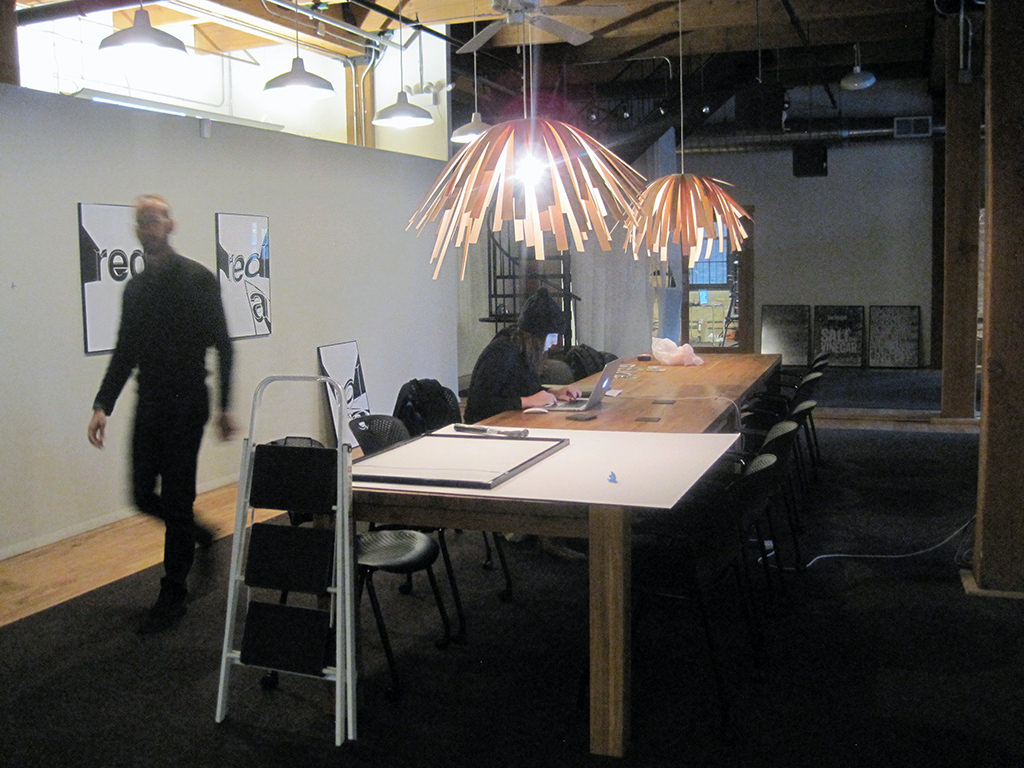A new research report explores the past, present, and future of the workplace and reveals how organizations are using new strategies to improve the productivity and success of employees.
The International Facility Management Association (IFMA) released Distributed Work Revisited: Research Report #37, which is a follow-up to its 2009 Distributed Work report. Workplace strategy and design experts HOK helped IFMA develop and analyze the survey, collect the case studies and write the report.
IFMA members from 538 different organizations worldwide—83% were from the U.S. and Canada—completed an online questionnaire about their on- and off-site workplace accommodations, operational needs, technologies, specific facilities, change management processes and measurements for success. The area occupied by participating organizations ranges from 50,000 to more than 1 million sf. Distributed Work Revisited summarizes the complete survey results and provides a detailed analysis of the findings.
The report features case studies describing innovative distributed work programs across different stages of maturity in eight organizations: Microsoft, GSK, eBay, Credit Suisse, the U.S. General Services Administration, Accenture, Rockwell Collins and the City of Calgary. Results of the study reveal some surprising details about today’s workplace. Highlights include:
• Distributed work is still a relatively new concept. Sixty-one percent of facility professionals responding to this survey reported using unassigned workspaces in their facilities. Only 18% of survey participants have had a distributed work program in place for more than 10 years and 37% for more than five years.
• One hundred percent of survey respondents who reported implementing unassigned on-site distributed work options cited work-life balance as being a “very important” reason for doing so. Other factors listed as “very important” were to accommodate changes in the organization’s size (64%), leverage new technology (62%), increased productivity (60%), align with organizational goals (59%), cost savings (57%), improved flexibility (56%) and benefits for employees (55%).
• Employee benefits are the major drivers for off-premise solutions, enabling organizations to improve flexibility and support work-life balance.
• Respondents reported that distributed work strategies appeal most to Generation X (aged 35-48) employees, possibly because they work more independently than other groups and are more likely to have family commitments that require flexibility in how and where they work.
• The most popular on-site distributed work settings among respondents are spaces that promote collaboration and innovation, including war/project rooms (72%), huddle rooms (70%) and open lounge/soft seating areas (67%).
• More organizations are providing incentives to employees adopting distributed work. Thirty-three percent of respondents reported that when they adopted a distributed work policy, they provided an incentive—typically technology such as a laptop or mobile device—to employees. This is up from 18% in 2009.
• More organizations are measuring the results of their distributed work programs. Almost one-third of the organizations engage their workforces in testing and carrying out distributed work settings. This is up from 19% in 2009.
• Despite the expressed importance of employee engagement and satisfaction in achieving successful distributed work programs stated in the interviews, only 45% of the respondents mentioned use of change management processes.
The complete version of Distributed Work Revisited: Research Report #37 is available for sale on IFMA’s website. Funds raised support ongoing and future research.
Related Stories
Office Buildings | Jun 3, 2021
What's next for workplace design?
Balancing personal space and the need for collaboration.
Digital Twin | May 24, 2021
Digital twin’s value propositions for the built environment, explained
Ernst & Young’s white paper makes its cases for the technology’s myriad benefits.
Office Buildings | May 18, 2021
“The Beam” will be Arizona’s first CLT project
RSP Architects designed the building.
Wood | May 14, 2021
What's next for mass timber design?
An architect who has worked on some of the nation's largest and most significant mass timber construction projects shares his thoughts on the latest design trends and innovations in mass timber.
Office Buildings | Apr 28, 2021
The Salvation Army’s National Headquarters renovation completes
HGA designed the project.
Steel Buildings | Apr 17, 2021
Speed Core wall system is used for the second time in office building in San Jose
The construction method is expected to knock off three months from the project’s schedule.
Office Buildings | Apr 15, 2021
JetBrains St. Petersburg campus to include large, vertically stepped indoor atrium
UNStudio is designing the project.
Office Buildings | Apr 12, 2021
A Fort Myers, Fla., developer finds growth in an office sector that, post COVID, might be catching its second wind
Seagate Development Group has several office projects near completion.
Office Buildings | Apr 7, 2021
Thyssenkrupp’s new HQ will include the tallest elevator test tower in the Western Hemisphere
The facility began construction in August of 2019.
Office Buildings | Apr 5, 2021
FXCollaborative selected to create new lobby, amenity space for 3 Times Square
FXCollaborative designed the original building in 2001.

















